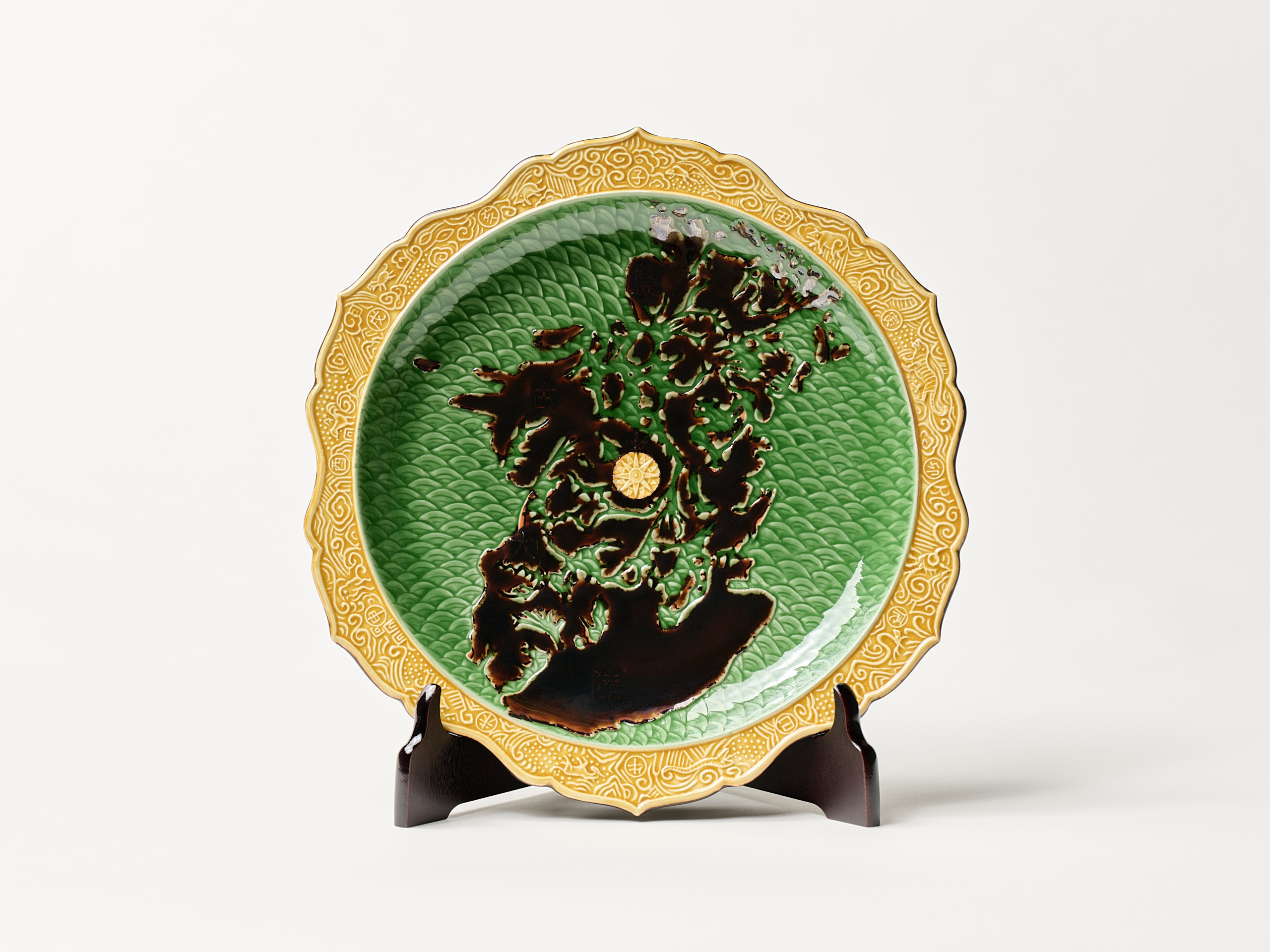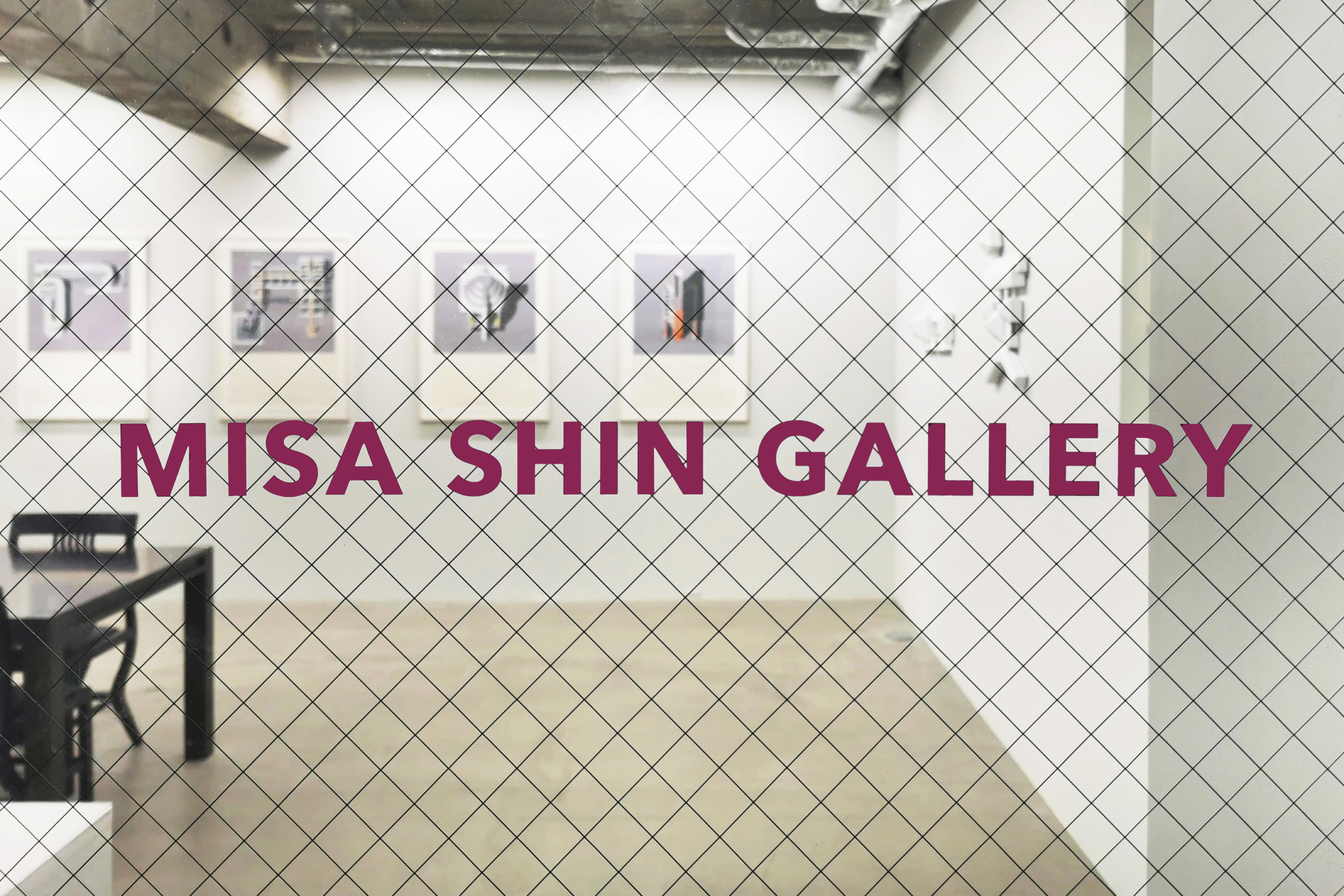EXHIBITIONS
TSUYOSHI OZAWA

Misa Shin Gallery is pleased to present an exhibition by Tsuyoshi Ozawa. The exhibition seeks to reconsider today’s divided world through the idea of Pangaea, the ancient supercontinent in which all landmasses were once connected. In a project he carried out in Beppu last year, Ozawa invited citizens from diverse backgrounds to draw maps of the world purely from memory. Based on these maps, he created a painting that reconfigures the continents into a single landform. The painting will be on view alongside a work inspired by a plate in the collection of the Kagawa Museum that is decorated with a world map in Gennai-yaki, a type of tricolored ceramic ware produced under the guidance of Hiraga Gennai (1729–1779 or 1780) in the mid-Edo period. In Ozawa’s piece the continents are rearranged like puzzle pieces to form a new vision of Pangaea. Ozawa will also present new works that expand on this conceptual foundation. As the artist states, “It might be a bit forced, but I wondered if it was possible to visualize the idea of the world being one.” His works reflect an imaginative act of reconnecting divided geographies—a gesture that gives form to a quiet kind of tolerance, expressed through the shape of the continents themselves.
The gallery will hold a reception for the artist on Saturday, November 8, from 5pm to 7pm.
MISA SHIN GALLERY
- D-3
- Hiroo

Misa Shin Gallery opened in 2010 in Shirokane, a central and historically industrial area of Tokyo that still contained small factories at the time. In 2018 the gallery relocated to Minami-Azabu, a quiet residential neighborhood that is also home to many embassies. The gallery represents a multigenerational roster of Japanese and international artists, many of whom work with conceptual and interdisciplinary approaches. The gallery seeks to both present exhibitions of cutting-edge work and establish the historical significance of its artists. In particular, the gallery’s representation of Japanese conceptual artists from the 1960s and ’70s has made lasting contributions to the global understanding and appreciation of postwar Japanese art.








